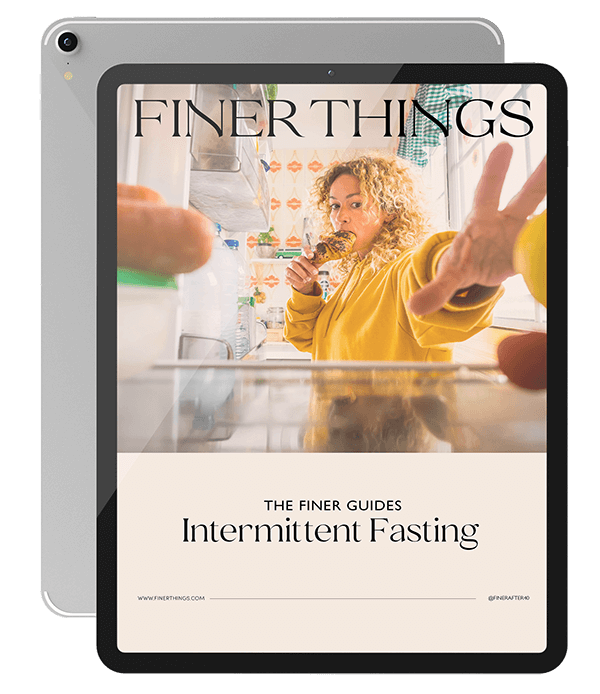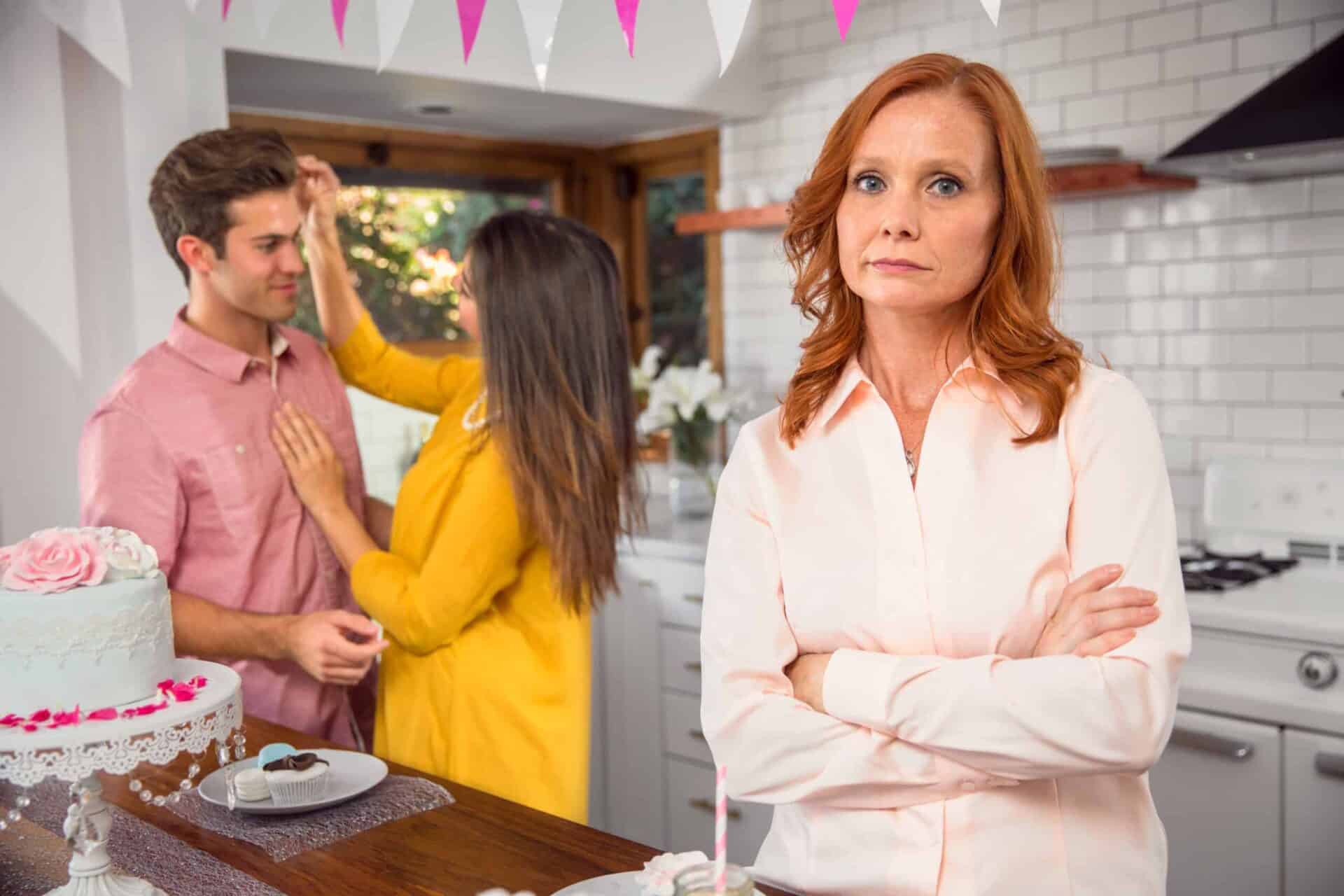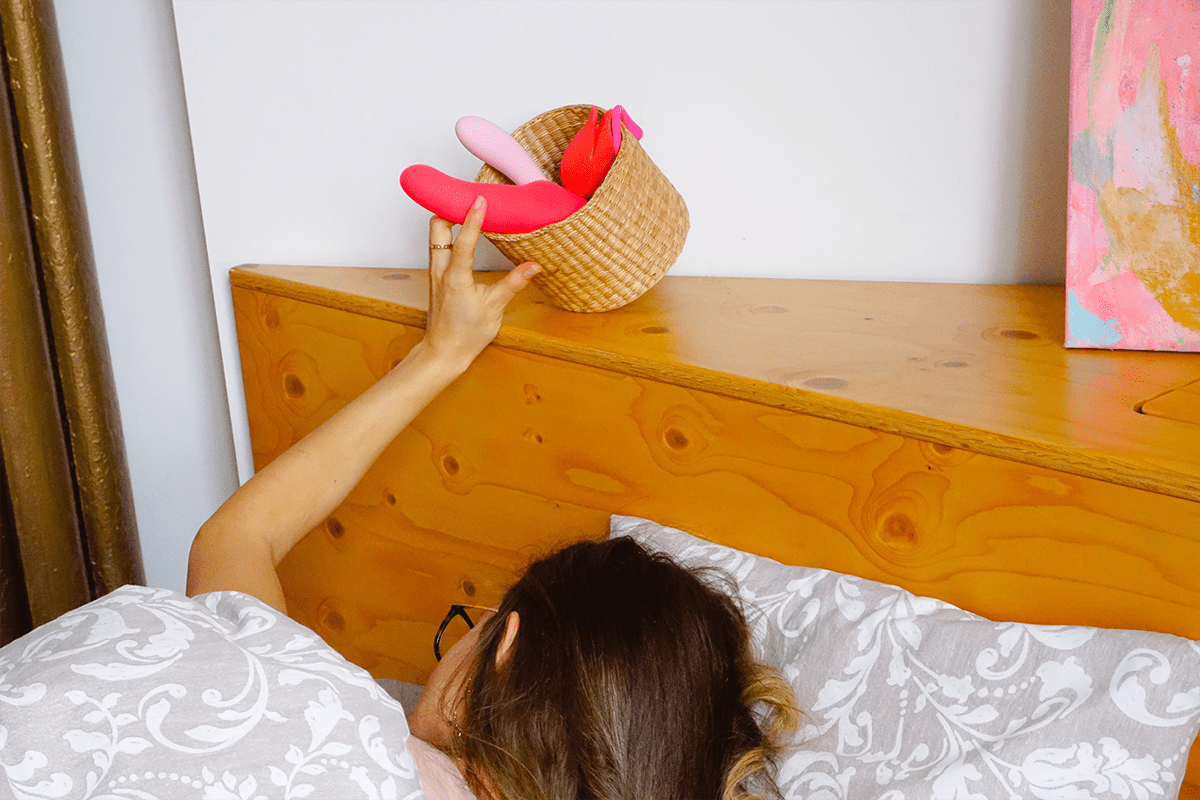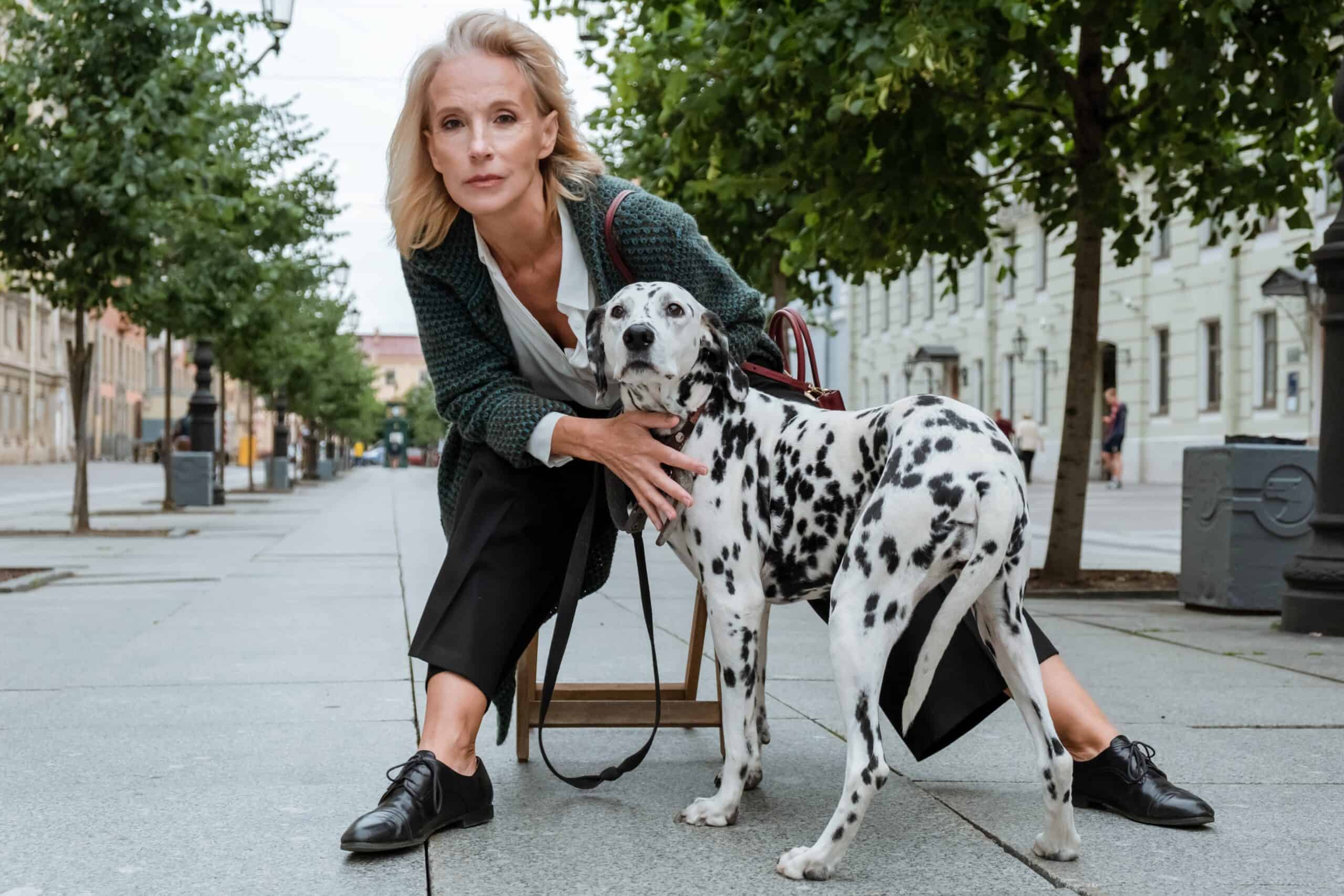Often Worried or Clingy in Love? That’s Anxious Attachment Style

By Franki Hanke
What’s an Anxious Attachment Style and how it affects your relationships.
If “clingy” is a familiar term, you’re likely an Anxious Attachment Style. But, before we dive into Anxious Attachment Style signs you might see in yourself, let’s break-down attachment styles.
What is Attachment Theory?
Attachment Theory is the idea that early childhood experiences influence behavior. One’s style then informs how they interact with other people.
Psychoanalyst John Bowlby introduced the concept to understand the infant and caregiver relationship. He observed how young children responded to their primary caregiver’s absence. Then, he classed the common reactions based on attachment security. He created an attachment system to compare these behaviors. Often, when a child’s needs were met consistently, they were more secure.
The same year, Mary Ainsworth created an assessment to see how attachments vary in children. Those with extreme clinginess and emotional volatility often are diagnoses with Attachment Disorder. These children have attachment anxiety related to their mother or another attachment figure.
Children with Attachment Disorder often display the Anxious Attachment style later in life.
In the 1980s, researchers started to explore how childhood may affect adult relationships. Hazan and Shaver explored how infant-caregiver relationships mirror adult relationships. They found how adult attachment styles express in romantic partners’ behaviors.
In 2019, this research continued with a psychotherapy review by Chris Fraley. It explored attachment styles within adult romantic relationships further. Plus, it added new considerations for consensual nonmonogamy and the possibility to change.
They identified four attachment styles: secure, anxious, avoidant, and anxious-avoidant (or “Ambivalent Attachment”). A secure attachment style is ideal. They have a healthy, comfortable attachment to close relationships. These relationships have a secure base through hard times.
However, other attachment patterns can have healthy relationships. It just requires extra self-awareness and work.

What does an Anxious Attachment Style look like in romantic relationships?
Anxious Attachment Style is characterized by nerves and stress surrounding your relationship. They often need frequent reassurance and affection from their partner.
Anxious Attachment Style Signs:
- Wishing your significant others were more comfortable with emotional intimacy
- Fearing the end of the relationship often
- Struggling to forgive a misstep in a relationship
- Desiring more caregiving within a relationship
- Wanting frequent reassurance of the status of your relationship
- Needing reassurance and support to improve self-esteem
- Wanting more responsiveness in communication
The Anxious Attachment Style is often called “clingy.” If you need an example think of Carrie from Sex and the City or Ted from How I Met Your Mother. They both need reassurance and need frequent, deep affection to feel secure.
You may experience “Attachment Anxiety.” It’s characterized as a yearning to be closer to your partner that is never satisfied. Attachment Anxiety results in feeling let down or unloved. This then creates a cycle of seeking validation that’s not true.
You may also see Anxious Attachment Style described as “Insecure Attachment Style,” too. If you’re not sure if this is you, Dr. Diane Poole Heller created a test to easily identify what yours might be.
How to have a better relationship with Anxious Attachment Style?
Your attachment style can change over time. It’s a slow process requiring self-reflection and awareness. Over time, you can change your attachment patterns.
Be Your Own Caregiver
Improving your relationship long-term will begin with improving yourself.
-Create healthy boundaries for all your relationships. Enforce them (for others and yourself).
Get The Finer Life
Our Sunday email has tips and content you will love – exclusively for our subscribers.
"*" indicates required fields
-Foster a positive self-image for yourself and actively support your own well-being.
-Find a focal point for your life that isn’t your partner.
Practice Boundaries
There’s a variety of ways boundaries appear. Recognize the boundaries you’re overstepping often. Talk to the relationships in your life for their input.
Practice more self-regulation. Before emotionally dumping on your partner, check-in. “Hey, I’ve got a lot on my mind, could we sit down and talk now or is later better?”
Or, try a solo style first. Journaling or free-writing can be an outlet before you turn to someone else.
Support Yourself
Take better care of yourself. Spend more time with yourself as an individual outside of your relationship. Foster your own self-image.
-Add solo activities to your routine to lift yourself up like exercise, meditation, or a hobby.
-Recognize your own accomplishments and appearance for yourself. Don’t limit celebrations to with your partner.
-Take time for yourself that is just as important and special as time with a partner.
Find a Focal Point Other Than Romantic Relationships
Your relationship is very important to you, but that importance can come across as too much. Find a passion besides your relationship. A hobby, career, or more intimate relationships and friendships can provide more fulfillment.
Communicate with Your Partner
Look for ways to re-affirm yourself as an individual and rely less on your partner. But, to know how to improve your relationship, ask:
“I recognize that my attachment style might lead me to rely on your more than I should for reassurance. How does that make you feel? What would improve this relationship’s equality for you?”
The self-awareness and trust in your relationship will foster more direct honesty. It’s good if your partner is comfortable with saying, “You’re being too clingy right now.” This can open the door to practicing healthier practices.
Seek Outside Help
If you need external support, consider a therapist. They can handle your emotional needs rather than leaning on your partner for this. Someone with a PhD is also more qualified to support your emotional journey too compared to your partner. This can improve mental health for everyone involved.
Dating an Avoidant Attachment Style?
Often, Anxious Attachment Styles find themselves involved with a different type of attachment. Most commonly, Anxious Attachment seeks out the Avoidant Attachment Style (or “fearful-avoidant”). If that’s you, here’s how to cope with your partner’s Avoidant Attachment style.

Want a Free Guide?
You will receive our free 19-page guide and access to our exclusive content, private invitations, and tips you’ll love.
"*" indicates required fields
Facebook Group





